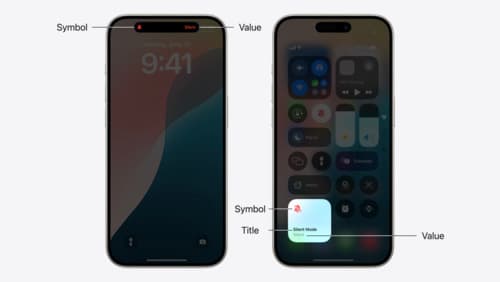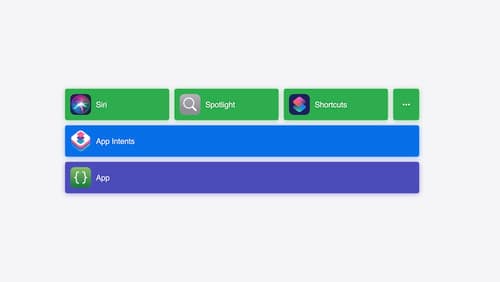control center widgets
Asked on 2024-08-06
1 search
Control Center widgets, also known as controls, were introduced in iOS 18 and are a new type of widget that allows quick access to actions from your app. These controls can be added to various system spaces, including Control Center, the lock screen, and the action button. They are built using WidgetKit and can perform actions using app intents.
Here are some key points about Control Center widgets from the session "Extend your app’s controls across the system":
-
Types of Controls: There are two types of controls: buttons and toggles. Buttons perform discrete actions, while toggles change a piece of boolean state (e.g., turning something on or off) (Extend your app’s controls across the system).
-
Building a Control: Controls are built similarly to widgets and use the same underlying architecture. You can define a control by providing information such as a symbol, title, tint, color, and the action it performs (Extend your app’s controls across the system).
-
Configurable Controls: Controls can be made user-configurable, allowing users to customize their behavior. For example, a timer control can be configured to start and stop different timers based on user selection (Extend your app’s controls across the system).
-
Integration with System Spaces: Controls can be placed in Control Center, the lock screen, or the action button, and they sync across all devices. This allows for seamless interaction with your app's key actions from various parts of the system (Extend your app’s controls across the system).
For more detailed information on building and configuring controls, you can refer to the session "Extend your app’s controls across the system" and its chapters:
- Introduction
- Learn about controls
- Build a control
- Update toggle states
- Make controls configurable
- Add refinements
Additionally, the session "Bring your app’s core features to users with App Intents" also touches on the use of app intents in controls:

Extend your app’s controls across the system
Bring your app’s controls to Control Center, the Lock Screen, and beyond. Learn how you can use WidgetKit to extend your app’s controls to the system experience. We’ll cover how you can to build a control, tailor its appearance, and make it configurable.

Bring your app’s core features to users with App Intents
Learn the principles of the App Intents framework, like intents, entities, and queries, and how you can harness them to expose your app’s most important functionality right where people need it most. Find out how to build deep integration between your app and the many system features built on top of App Intents, including Siri, controls and widgets, Apple Pencil, Shortcuts, the Action button, and more. Get tips on how to build your App Intents integrations efficiently to create the best experiences in every surface while still sharing code and core functionality.
